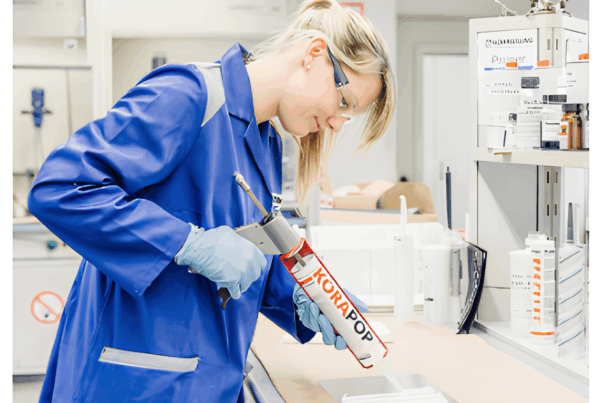
How to glue polyolefins and other plastic materials with low surface tension?
Difficult-to-bond plastics such as polyolefins are commonly used in various industries for reasons such as material cost and their inherent resistance to chemicals and heat. Unfortunately, they create significant problems when the manufacturer has to glue these materials together.
Let’s start by defining exactly what is meant by difficult-to-bond material. These materials are usually plastics that have low surface energy, i.e., low wettability, and smooth, glossy surfaces.
The wettability of a material is the ability to allow a liquid to spread evenly over its surface instead of creating droplets. An example familiar to everyone is the paint on a car that has been waxed: wax has poor wettability, and when wet, water creates droplets that do not adhere and run off easily. In parallel, when trying to glue a material with poor wettability, the adhesive flows and fails to cling to the surface.
HOW TO GLUE THESE PLASTICS?
Crestabond PP-04 is designed to structurally bond low surface energy substrates such as polypropylene (PP), polyethylene (PE) and other difficult-to-bond plastics, commonly known as thermoplastic polyolefins (TPOs).
Such plastics repel rather than attract adhesion because of their nonpolar, nonporous and chemically inert surfaces.
Crestabond PP-04 will bond these materials without surface treatment.
Features
- Structural bonding of polyolefins
- Application without primer, no pretreatment
- Excellent adhesion to dissimilar substrates
- High strength and robustness
- Excellent environmental resistance
Benefits
- Replaces mechanical fasteners
- No need for extra processes
- Provides greater flexibility in design
- Designed for complicated structural applications
- Designed for demanding environmental applications




